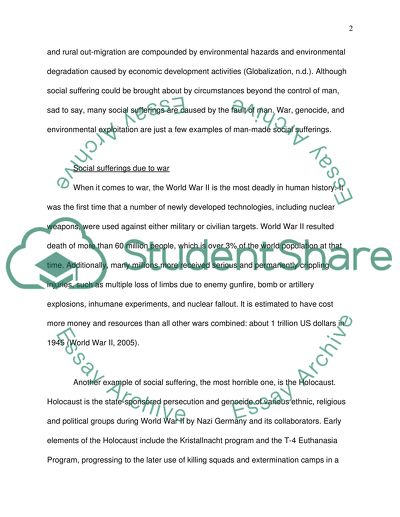Cite this document
(“Social Suffering Essay Example | Topics and Well Written Essays - 2000 words”, n.d.)
Social Suffering Essay Example | Topics and Well Written Essays - 2000 words. Retrieved from https://studentshare.org/sociology/1519692-social-suffering
Social Suffering Essay Example | Topics and Well Written Essays - 2000 words. Retrieved from https://studentshare.org/sociology/1519692-social-suffering
(Social Suffering Essay Example | Topics and Well Written Essays - 2000 Words)
Social Suffering Essay Example | Topics and Well Written Essays - 2000 Words. https://studentshare.org/sociology/1519692-social-suffering.
Social Suffering Essay Example | Topics and Well Written Essays - 2000 Words. https://studentshare.org/sociology/1519692-social-suffering.
“Social Suffering Essay Example | Topics and Well Written Essays - 2000 Words”, n.d. https://studentshare.org/sociology/1519692-social-suffering.


